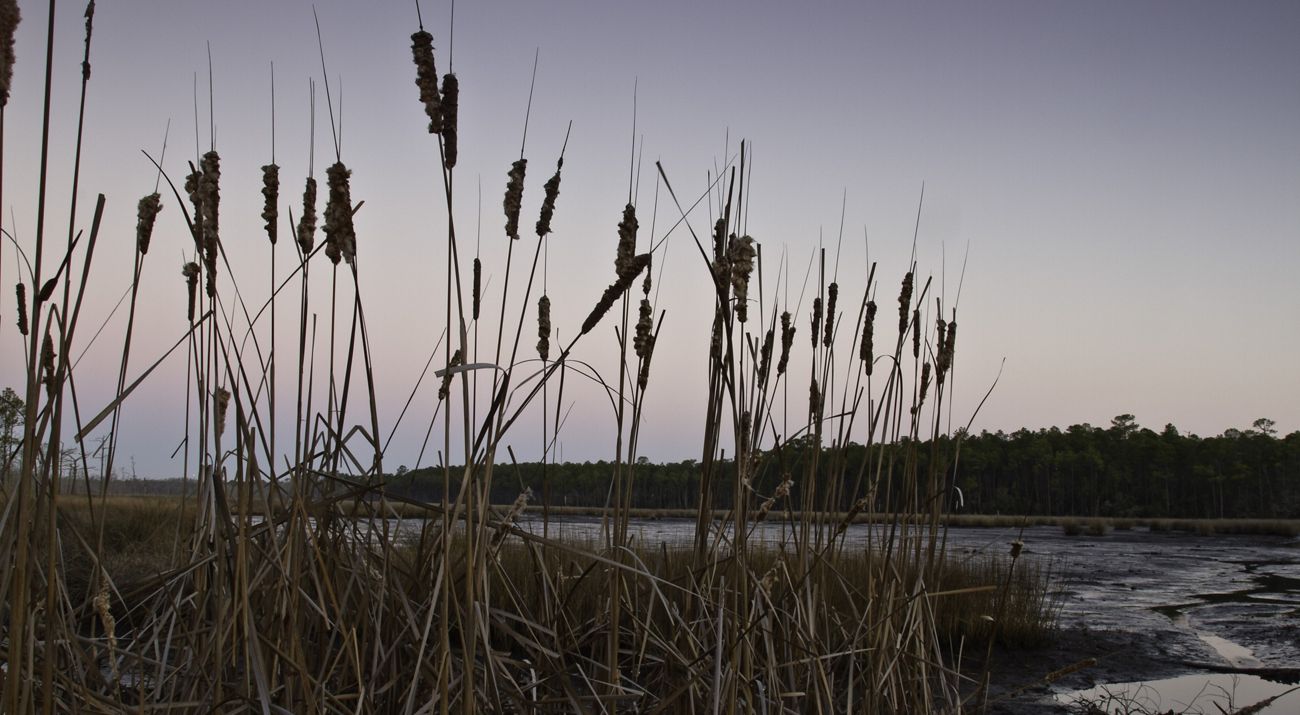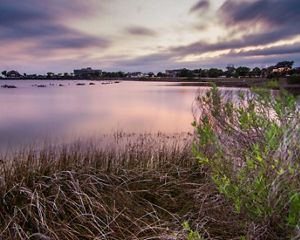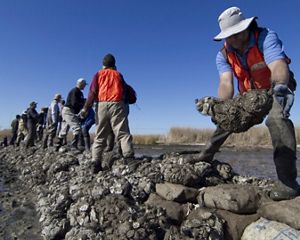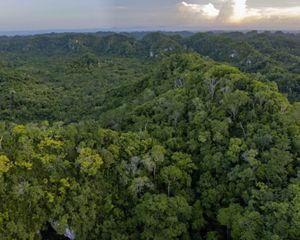Nature-Based Solutions for the Gulf
The Nature Conservancy uses nature to build a more resilient Gulf Coast.
By Dr. Christine Shepard, Director of Science for The Nature Conservancy’s Gulf Program

As we welcome spring to the Gulf Coast, nesting birds can be spotted on beaches and in marshes. Cypress trees sport bright green needles, and more boats are heading out to favorite fishing spots. As the weather warms up, we also hear predictions for the upcoming hurricane season. How many named storms might there be?
With the record number of severe storms that have hit the Gulf Coast over the last decade, communities are seeking ways to be better prepared. While a range of measures can be used to increase resiliency to severe weather, The Nature Conservancy is an advocate for nature-based solutions (NBS) to be an important approach for reducing risk. By constructing, reconstructing, conserving and enhancing natural features like wetlands and oyster reefs, we can slow coastal erosion and reduce storm damage while providing habitat for native plants and animals. Such nature-based solutions also help retain the coast’s character that is so important to its residents and visitors.
NBS have proven to be a cost-effective approach for reducing risk to coastal communities and businesses. In hurricanes Irma and Ian, mangroves along the Gulf Coast of Florida prevented billions of dollars of damage to coastal homes located landward of the mangroves. In Bayou LaBatre, on the coast of Alabama, a complex of constructed breakwaters, marshes, tidal creeks and upland buffers have helped the port weather tropical storms.
In coastal Louisiana, at a larger scale, the reconstruction of the eroding Chandeleur Islands promises to help shield the coast from severe storms while restoring one of the Gulf Coast’s most important natural habitats. In the Florida communities devastated by Hurricane Michael in 2018, the Scaling Up Nature-Based Solutions (SUNS) project has helped local governments advance dozens of nature-based project concepts to protect individual neighborhoods and roads. SUNS is a partnership between TNC, the St. Andrew and St. Joseph Bays Estuary Program, and the Northwest Florida Water Management District.
Deploying NBS projects on the ground and in the water are not easy or inexpensive. However, they can be cost-effective in the long run because, when strategically executed, natural features and systems can be self-sustaining and produce benefits beyond storm resiliency. That includes creating vital habitat for fish and wildlife, and for outdoor recreation and tourism opportunities.
Quote: Dr. Christine Shepard
Deploying NBS projects on the ground and in the water is not easy or inexpensive. However, they can be cost-effective in the long run because, when strategically executed, natural features and systems can be self-sustaining and produce benefits beyond storm resiliency.
Local governments need help from state and federal agencies to afford the initial planning and construction costs for these projects. Recent competition for state and federal funds demonstrates the vast from-the-bottom-up demand for the use of NBS to better protect communities while saving the character of the coastal environment.
State and federal funding is required to plan and execute traditional and nature-based infrastructure solutions as we re-envision the coast for long-term resilience. TNC supports bipartisan legislation pending in Congress that would establish dedicated funding streams for coastal infrastructure and resiliency projects that are good for people and wildlife. At the state level, programs should be put in place to accelerate effective nature-based solutions to help make coastal communities more resilient to those predicted hurricanes while retaining the character and quality of life on the coast.




